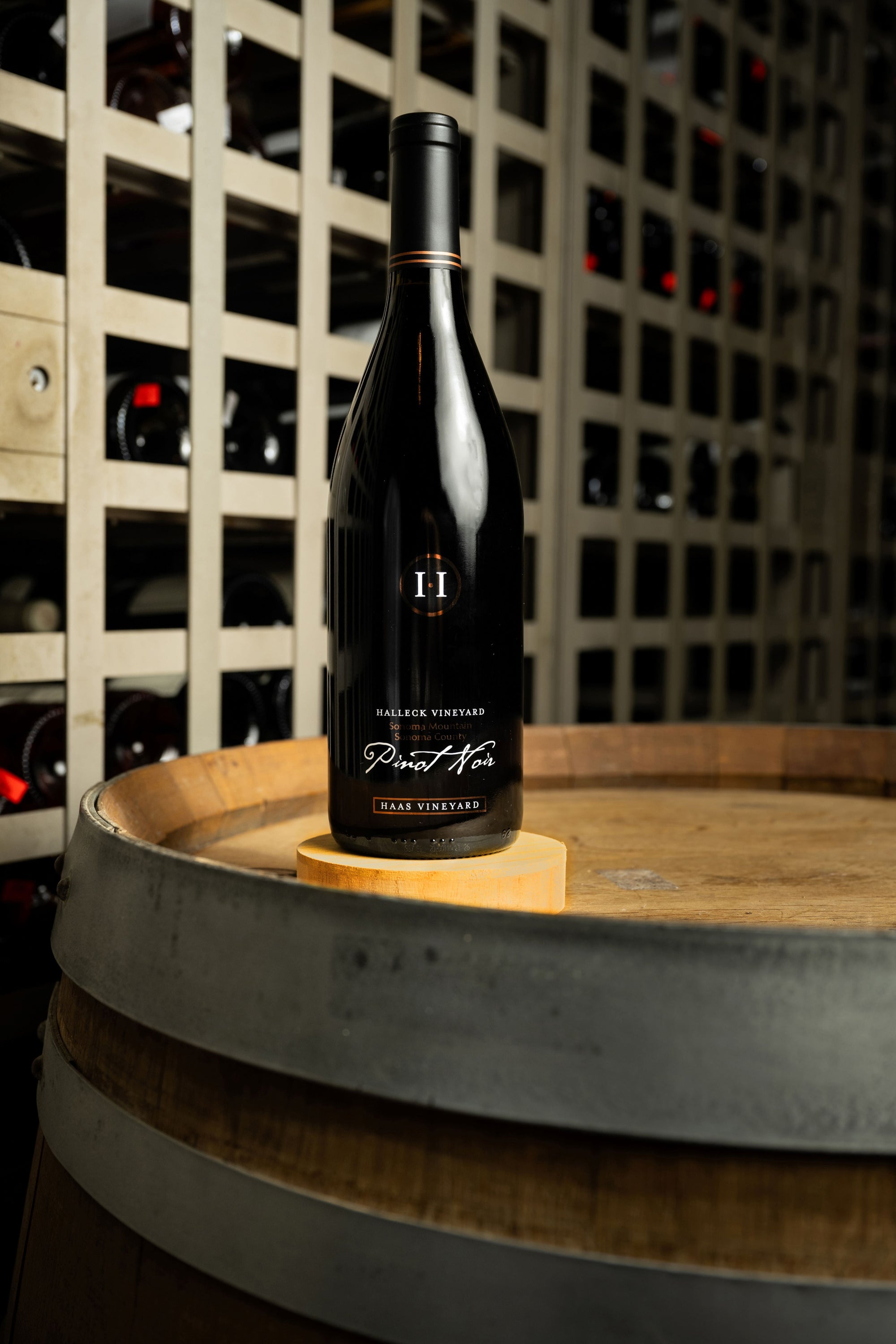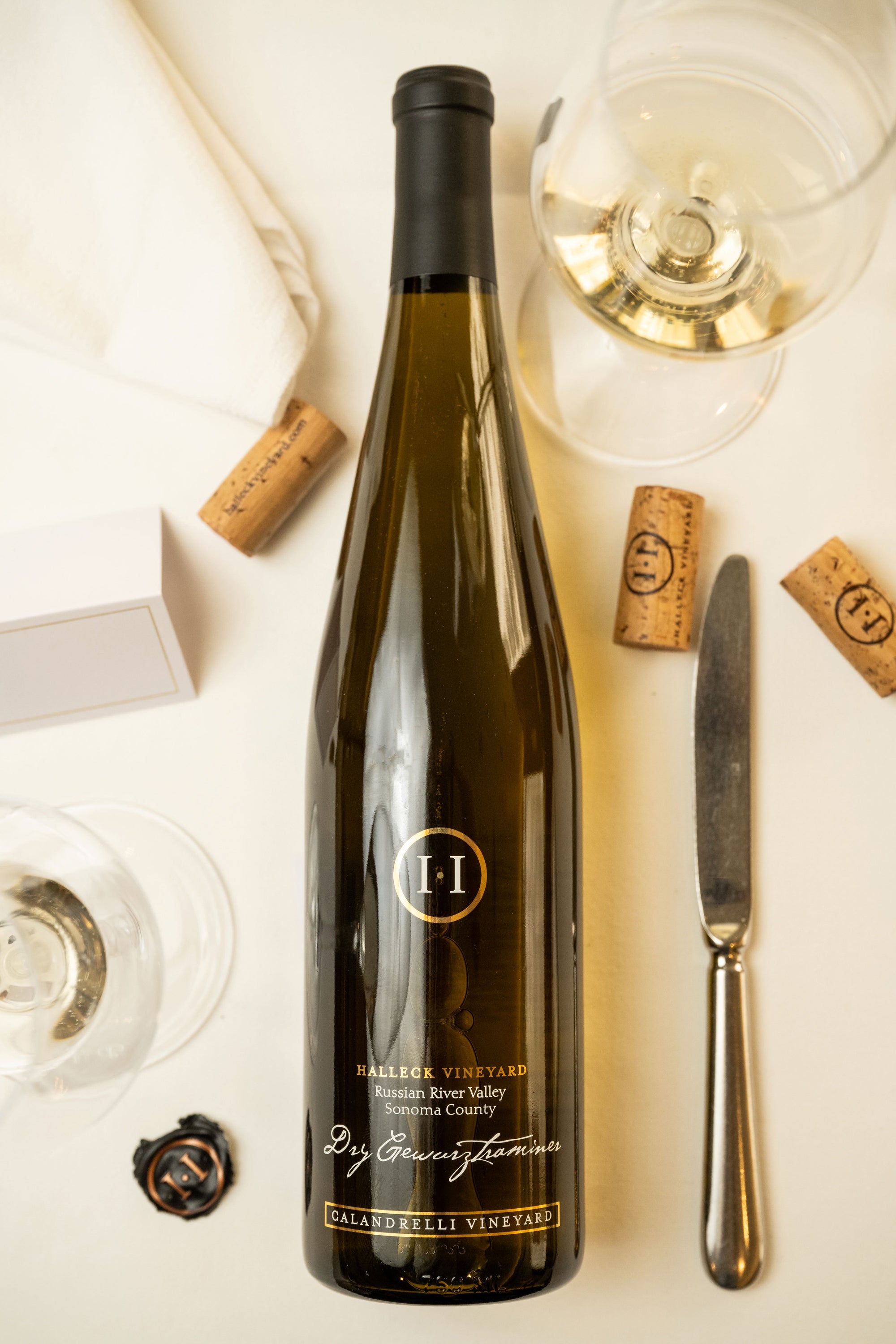Enjoy Artisan Wines at Sebastopol Vineyards 95403
Understanding the nuanced vocabulary related to winery wine tasting is essential for each novices and seasoned connoisseurs alike. Each term brings to life the experience of tasting wine and can improve one’s appreciation of the many intricacies involved. Wine tasting is extra than simply ingesting; it's an art that involves various senses and emotions.
To start with, the term "nostril" refers to the aromas one detects when smelling the wine. This is a crucial step as a end result of the bouquet sets the stage for the tasting experience. Notes of fruit, spice, earth, and wooden may mingle, providing a glimpse of what the palate might affirm. Understanding "nosing" the wine can dramatically elevate one's sensory journey.
One Other key facet is the term "body." The body of the wine describes its weight and fullness on the palate. A full-bodied wine has a strong presence and tends to linger longer after swallowing. Conversely, light-bodied wines may feel more delicate and refreshing. Recognizing the body helps tasters assess the wine's structure and steadiness.
Recommendations for Family-Friendly Wineries in California
The concept of "tannins" is important in pink wine tasting. Tannins are compounds derived from grape skins, seeds, and stems, contributing to a wine's texture and aging potential. High tannin wines typically lead to a dry mouthfeel, whereas lower tannin levels yield a smoother experience. This distinction is particularly essential when pairing wines with food, as tannins can both complement or conflict with sure dishes.
In addition to tannins, "acidity" plays a significant role in the wine tasting experience. Acidity provides wine its crispness and liveliness - The Best Wine Tastings in Sonoma County. Wines with greater acidity are usually refreshing and energizing, making them wonderful companions for a selection of meals. Recognizing acidity can drastically enhance one’s food-pairing capabilities and general tasting enjoyment.
When delving into the flavour profile of a wine, one may encounter the term "end." The end refers to the aftertaste that lingers within the mouth after swallowing. A long finish is commonly associated with high-quality wines, as it signifies complexity and depth. A quick finish might recommend a much less complicated wine. Figuring Out the way to consider the finish can reveal much a few wine's character.
Exploring the "vintage" can additionally be integral to wine tasting terminology. The vintage denotes the yr during which the grapes have been harvested. Totally Different years can yield vastly different results because of variations in climate situations. For occasion, a hot summer time can produce extra concentrated flavors, while a cooler year may yield extra refined, nuanced wines. Understanding vintage allows for a deeper appreciation of a wine’s origin and potential.
Traveler's Guide to Tasting the Wines of Sebastopol 95433
The term "terroir" encompasses the geographical and environmental factors that contribute to a wine's distinctive character. Factors corresponding to soil type, climate, elevation, and topography all play a job in the flavor and high quality of the wine. This connection to place helps one understand why wines from totally different areas can taste so distinctively completely different, even when created from the identical grape selection (Navigating Sonoma County's Vineyards and Wineries).
When partaking with wines, the phrase "leg" refers again to the droplets that form on the within of the glass after swirling. These droplets can point out the wine's alcohol content and viscosity. While observing the legs may not instantly relate to the wine’s taste, it adds to the overall experience and intrigue of wine tasting less clear.
Join Gourmet Experiences in Sonoma County 95468
A extra particular term that will come up throughout tastings is "oak." The affect of oak barrels on wine can impart flavors corresponding to vanilla, toast, or spice. The diploma of oak growing older can differ extensively Our site among wines, affecting both aroma and taste. Understanding oak therapy supplies insights into the winemaker’s selections and the resulting complexity of the wine.
In wine tasting, one might also hear the term "palate." The palate refers to the general taste experience in the mouth. This encompasses sweetness, bitterness, acidity, and physique. A well-balanced palate is important for a harmonious tasting experience, and recognizing any imbalances helps assess the quality of the wine.
The experience of wine tasting is significantly enriched by understanding the terminology that accompanies it. Each term serves a purpose, enhancing the ability to convey thoughts and emotions in regards to the wine one's experiencing. This vocabulary bridges communication between tasters, sommeliers, and winemakers alike.

To totally get pleasure from wine tasting, it is important to interact all senses. The sight of the wine, its color, and readability can present perception into its age and high quality. Swirling the wine releases aromas that heighten the olfactory experience, while the actual tasting allows for a whole analysis of the wine's profile.
Savor Award-Winning Wines from Sonoma Valley
In conclusion, understanding the detailed clarification of winery wine tasting terminology tremendously enhances the experience of tasting. Every term invitations the taster to engage more deeply with the wine, encouraging connections to the senses, the winemakers, and the lands the place the grapes are grown. This nuanced vocabulary creates a richer, extra fulfilling wine tasting experience.
- Aroma refers again to the scents launched by the wine, which might point out its grape selection and affect the tasting experience.
- Tannins are natural compounds found in grape skins, seeds, and stems, contributing to the wine's structure and aging potential.
- A finish, or aftertaste, is the lingering flavor sensation that remains on the palate after swallowing, often a key indicator of quality.
- Body describes the weight and fullness of wine in the mouth, generally categorized as light, medium, or full-bodied.
- Terroir denotes the distinctive environmental traits of a winery that have an result on the style and high quality of the wine, together with soil sort and climate.
- Acidity is a critical component that contributes to a wine's freshness and stability, impacting its growing older functionality and total flavor profile.
- Vintage indicates the yr grapes had been harvested and performs a major position in figuring out the wine's characteristics, reflecting specific climatic conditions.
- Decanting involves pouring wine from its bottle into another vessel, permitting it to aerate and enhancing its flavors and aromas.
- A corked wine could additionally be tainted by a defective cork, leading to musty or off-putting flavors that detract from the wine's meant profile.
- The term “legs” refers to the droplets that cling to the inside of a glass after swirling, usually associated with the wine's alcohol content material and viscosity.undefinedWhat is the that means of "nostril" in wine tasting?undefinedThe "nose" refers to the aroma profile of the wine, which is detected through the sense of scent. It Is an important aspect of wine tasting, as aromas can reveal a lot in regards to the grape selection, winemaking process, and aging.
How ought to I correctly style wine?undefinedTo taste wine successfully, comply with these steps: observe the color, swirl the wine to aerate it, take a gentle sniff to seize the aromas, sip and let it coat your palate, and eventually, note the finish. This method helps in appreciating the wine’s complexity.
What are "tannins" and how do visit this site right here they have an result on wine?undefinedTannins are pure compounds found in grape skins, seeds, and stems that contribute to a wine's structure and astringency. They can create a drying sensation in the mouth, and so they additionally play a role in the wine's growing older potential.
Top Wine Tasting Experiences in the Russian River Valley
What does the term "balance" imply in wine tasting?undefinedBalance refers to the harmony between the completely different elements of a wine, corresponding to acidity, sweetness, alcohol, tannin, and flavor intensity. A well-balanced wine could have each of those elements supporting each other rather than overpowering the others.
What is the importance of "terroir" in wine tasting?undefinedTerroir encompasses the environmental factors—such as soil, climate, and geography—that affect the characteristics of the wine produced in a specific area. Understanding terroir helps tasters appreciate the distinctive qualities that totally different regions impart to their wines.
What does "vintage" mean and why is it important?undefined"Vintage" signifies the yr when the grapes had been harvested. It is crucial because it affects the wine’s quality and traits, as weather situations during the growing season can considerably affect flavor profiles and aromatics.
What are "legs" and what do they signify?undefined"Legs" refer to the droplets that type and run down the within of a glass after swirling wine. While they will point out alcohol content and viscosity, they do not decide quality—this is extra about personal notion of richness.
Insider Tips for Visiting Sonoma Wineries

What does "full-bodied" imply versus "light-bodied"?undefined"Full-bodied" wines are rich, dense, and infrequently have greater alcohol content material and sophisticated flavor profiles, while "light-bodied" wines are extra delicate and refreshing with a lower alcohol content material. This distinction helps tasters understand the anticipated weight and mouthfeel of the wine.
How can I determine fruit flavors in wine?undefinedTo establish fruit flavors, think about the aroma and style profiles. Swirl the wine, inhale deeply to capture the bouquet, and give attention to particular traits. Familiarity with typical fruit profiles of varied grape varieties can improve this identification process.
What is "end" in wine tasting?undefinedThe "finish" refers to the aftertaste that lingers in the mouth after swallowing. A lengthy, advanced finish is commonly a sign of high quality in a wine, as it reflects the depth of flavor and total craftsmanship in the winemaking course of.